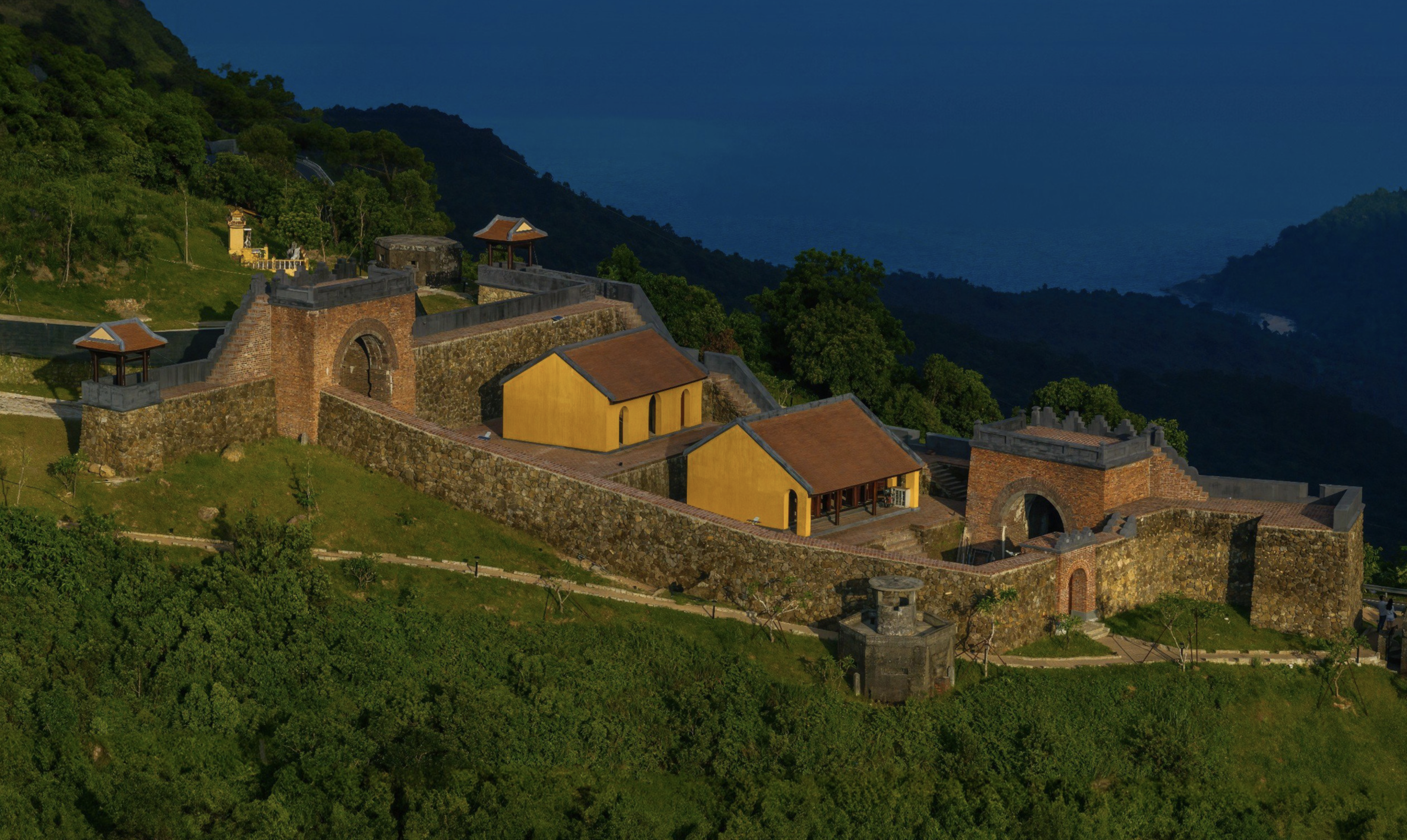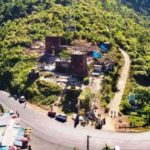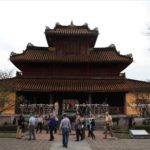Hoang Viet Trung, director of the Hue Monuments Conservation Center, announced on Monday that the renowned Hai Van Gate, known as the ‘World’s Most Marvelous Wonder,’ will reopen to visitors on August 1 after an extensive two-year renovation project.
The center is dedicated to enhancing the landscape of the historic site to ensure a memorable experience for its first visitors in early August.
Hai Van Gate holds a unique distinction as the only national relic site jointly managed by two localities: Thua Thien-Hue Province and Da Nang City.
This iconic structure was built in 1826 during the reign of Emperor Minh Mang of the illustrious Nguyen Dynasty (1802-1945), leaving an indelible mark on Vietnam’s architectural heritage.
In late 2021, the two localities joined forces and allocated a substantial VND42 billion (approximately US$1.6 million) for the rehabilitation of the site due to its significant deterioration. This necessary intervention led to the temporary closure of Hai Van Gate to the public.
As a token of appreciation, Trung confirmed that Hai Van Gate would offer complimentary admission to tourists during the initial stage. The Thua Thien-Hue People’s Council will determine the entry fees at a later date.
Perched nearly 500 meters above sea level, Hai Van Gate stands as a testament to Vietnam’s rich history and cultural prowess, offering a unique blend of historical, architectural, and artistic significance.
In addition to the reopening of Hai Van Gate, the An Mausoleum relic site, the final resting place of Emperor Duc Duc of the Nguyen Dynasty, located on Duy Tan Street in Hue City, Thua Thien-Hue Province, will also welcome visitors free of charge on August 1 following its meticulous restoration.
Mark your calendars and prepare to embark on a journey through time as these historic sites reopen their doors, offering a glimpse into Vietnam’s majestic past.
Sa Huynh Culture – Many Things Remain Unearthed
A century has passed since French archaeologists found relics that dated from 2,500 – 3,000 years ago in the Sa Huynh sand dune (in Duc Pho District, Quang Ngai Province ). New archaeological sites of the Sa Huynh culture have been continuously discovered and many diversified objects have been found…
Spratly and Paracel Islands on the Hue Nine Dynastic Urns
Hue’s nine dynastic urns are not only national treasures indicating the authority and power of the Nguyen Dynasty, the final feudal dynasty of Vietnam, but also evaluated as a geographical book, a unique encyclopedia of Vietnam in the early 19th century. In particular, on the nine dynastic urns, many names of mountains, rivers and marine islands of Vietnam are shown quite clearly and convincingly. This shows that our ancestors had deep awareness of national sovereignty, including marine islands.









